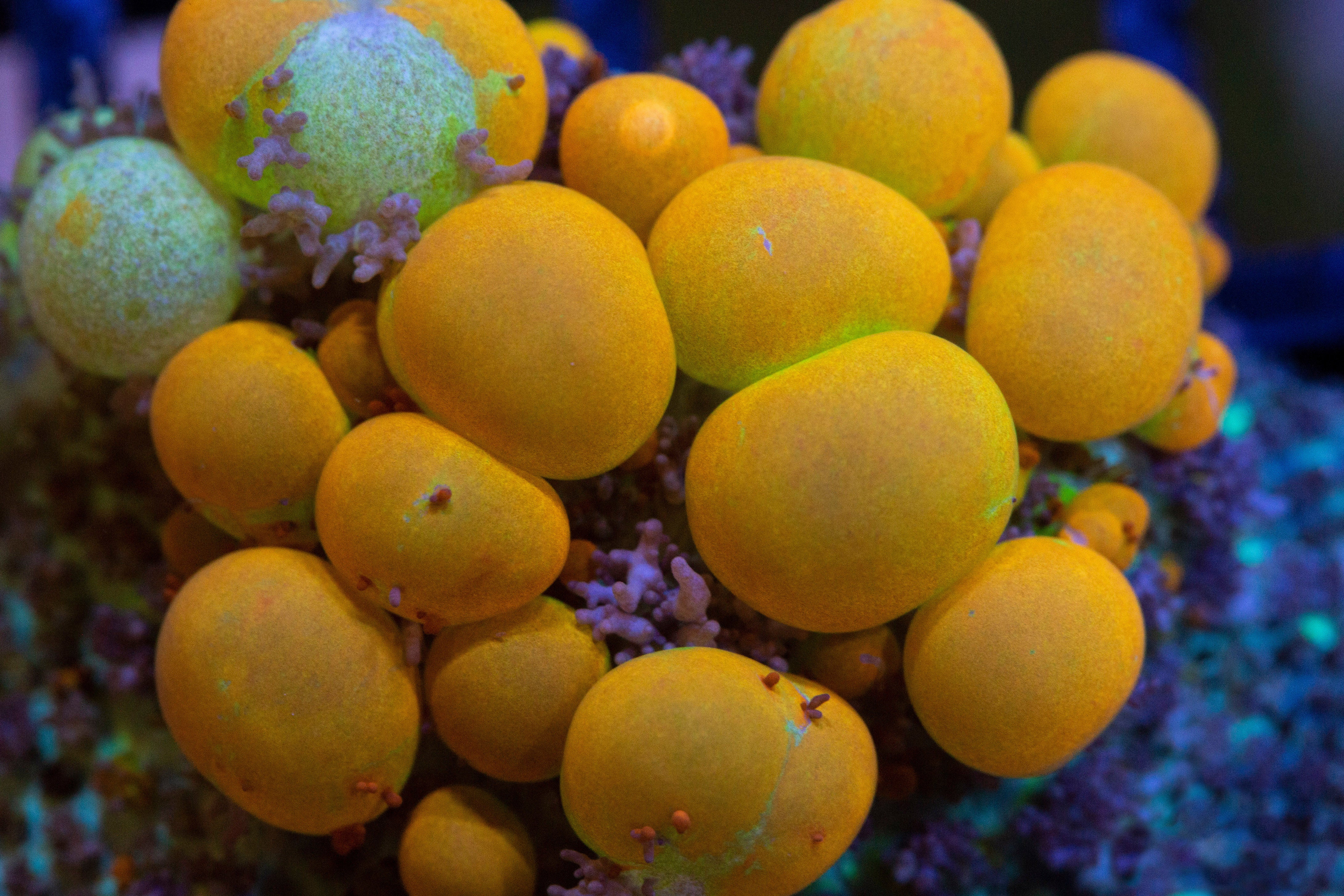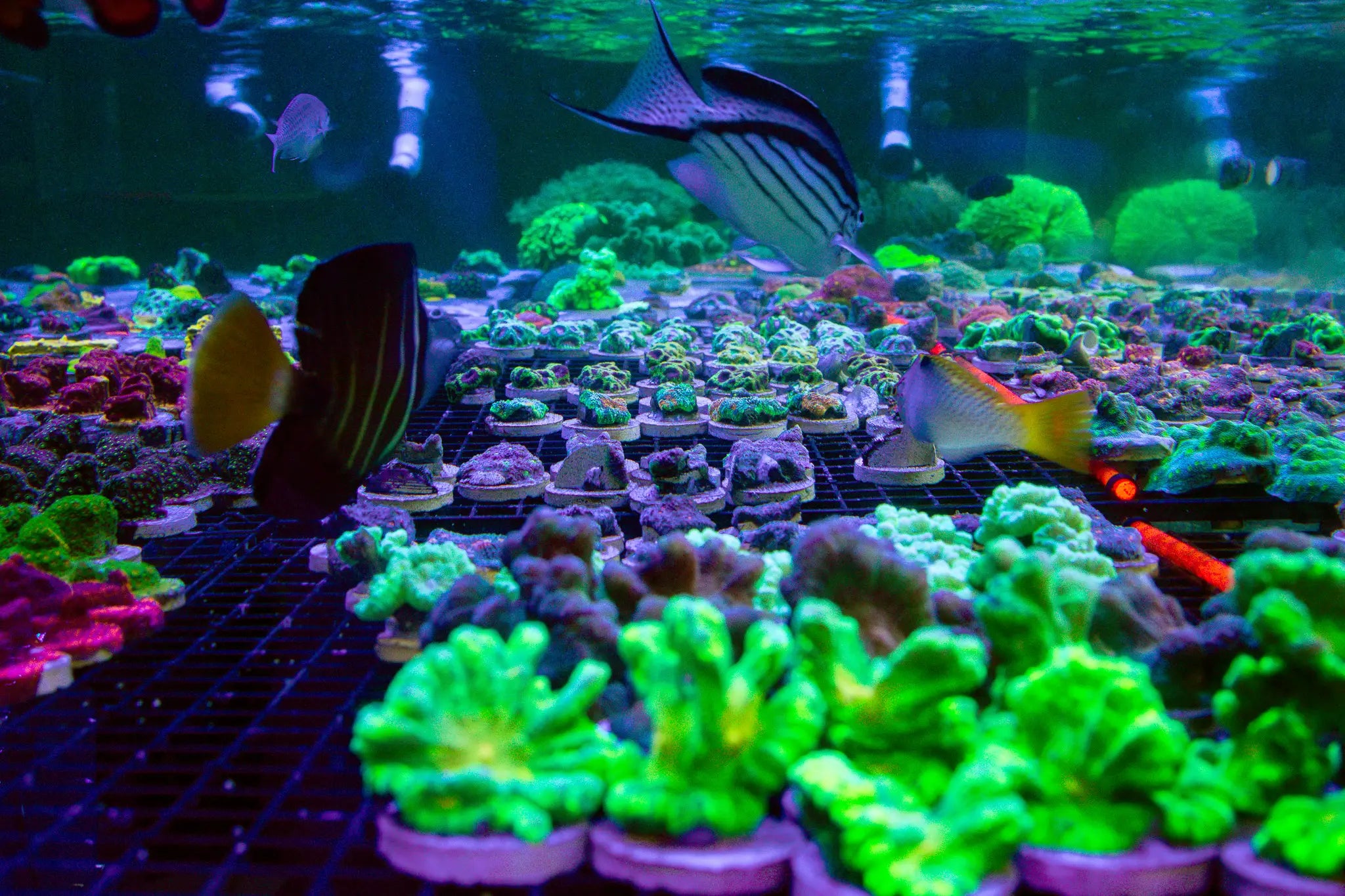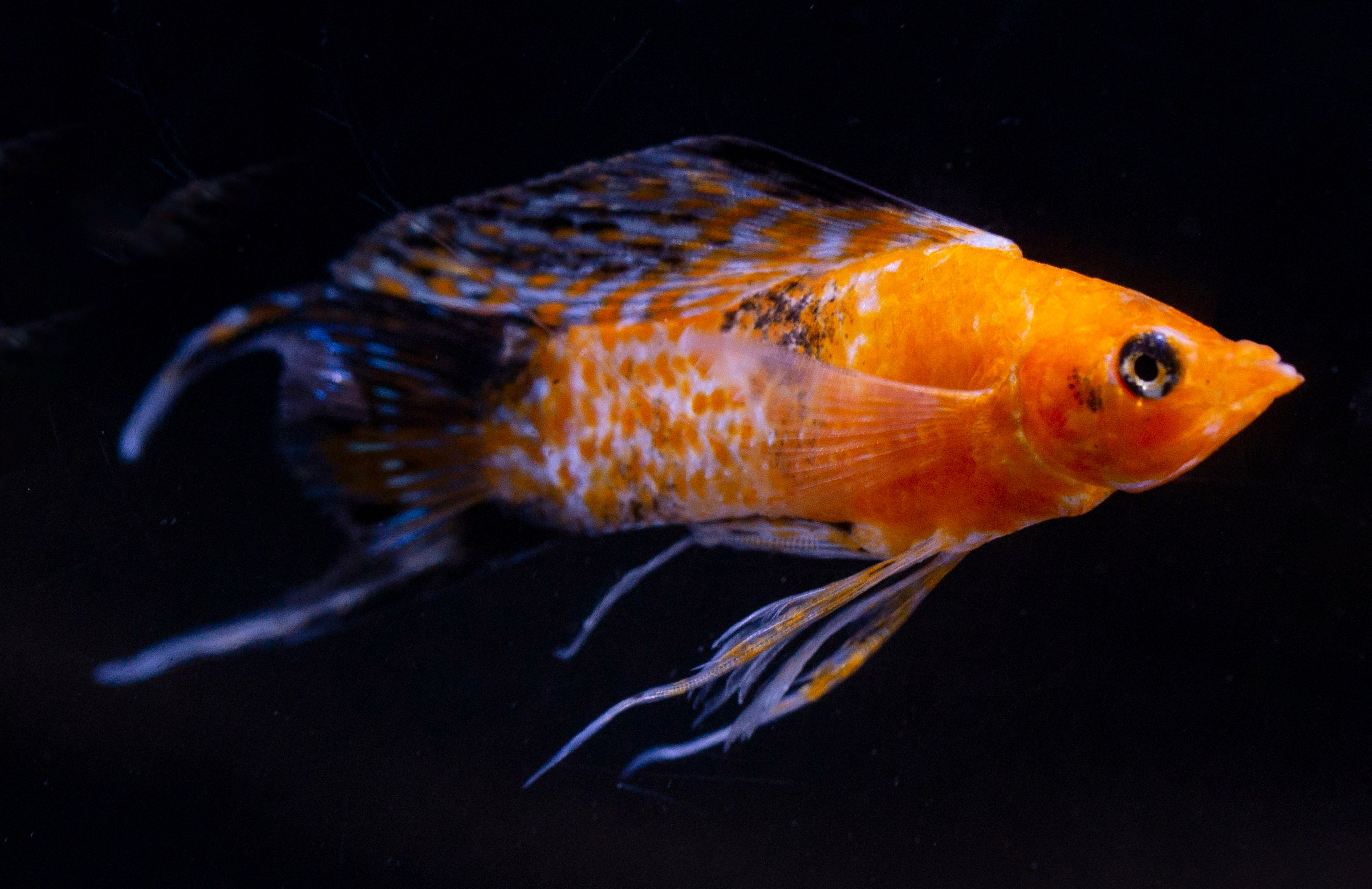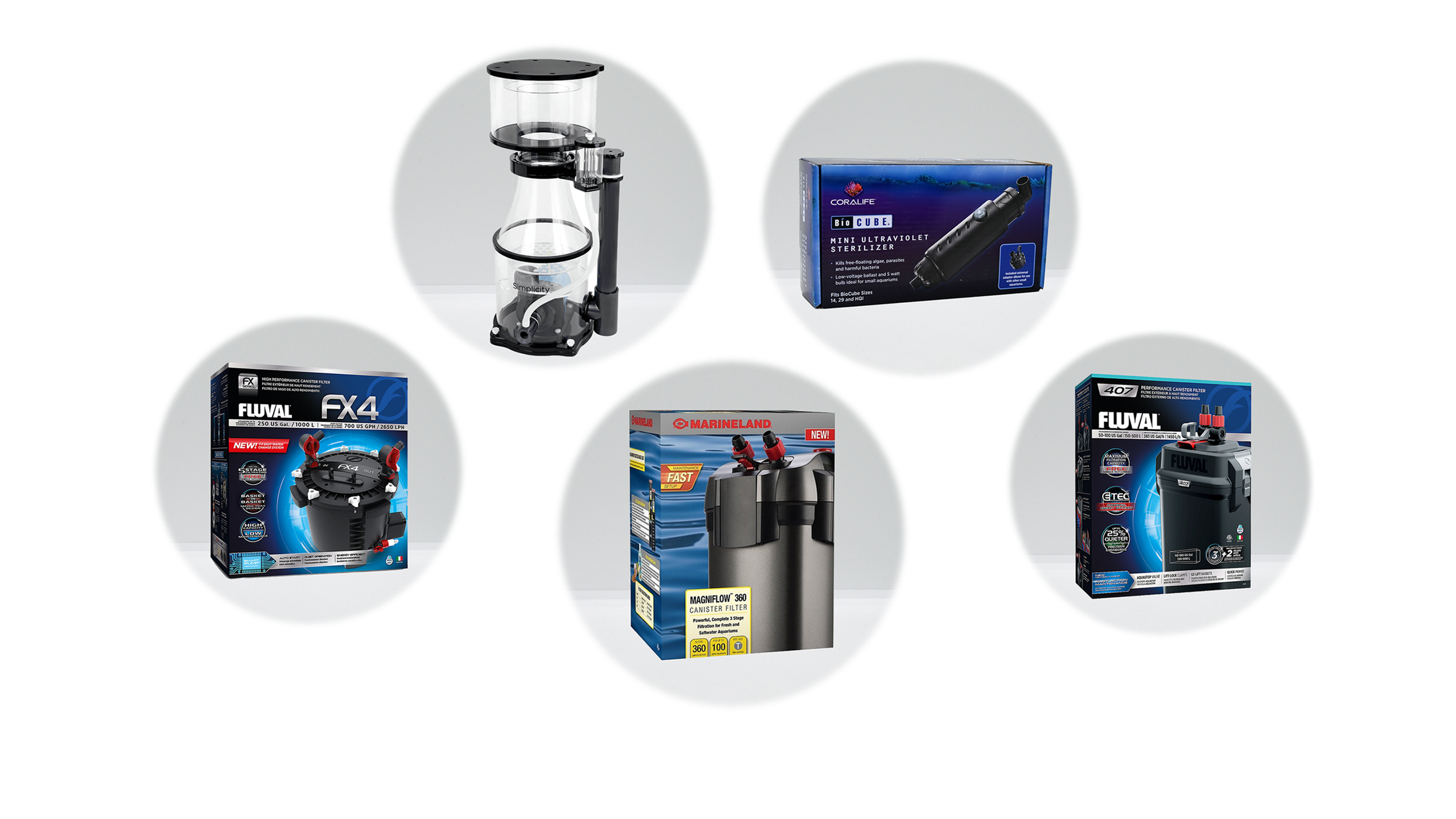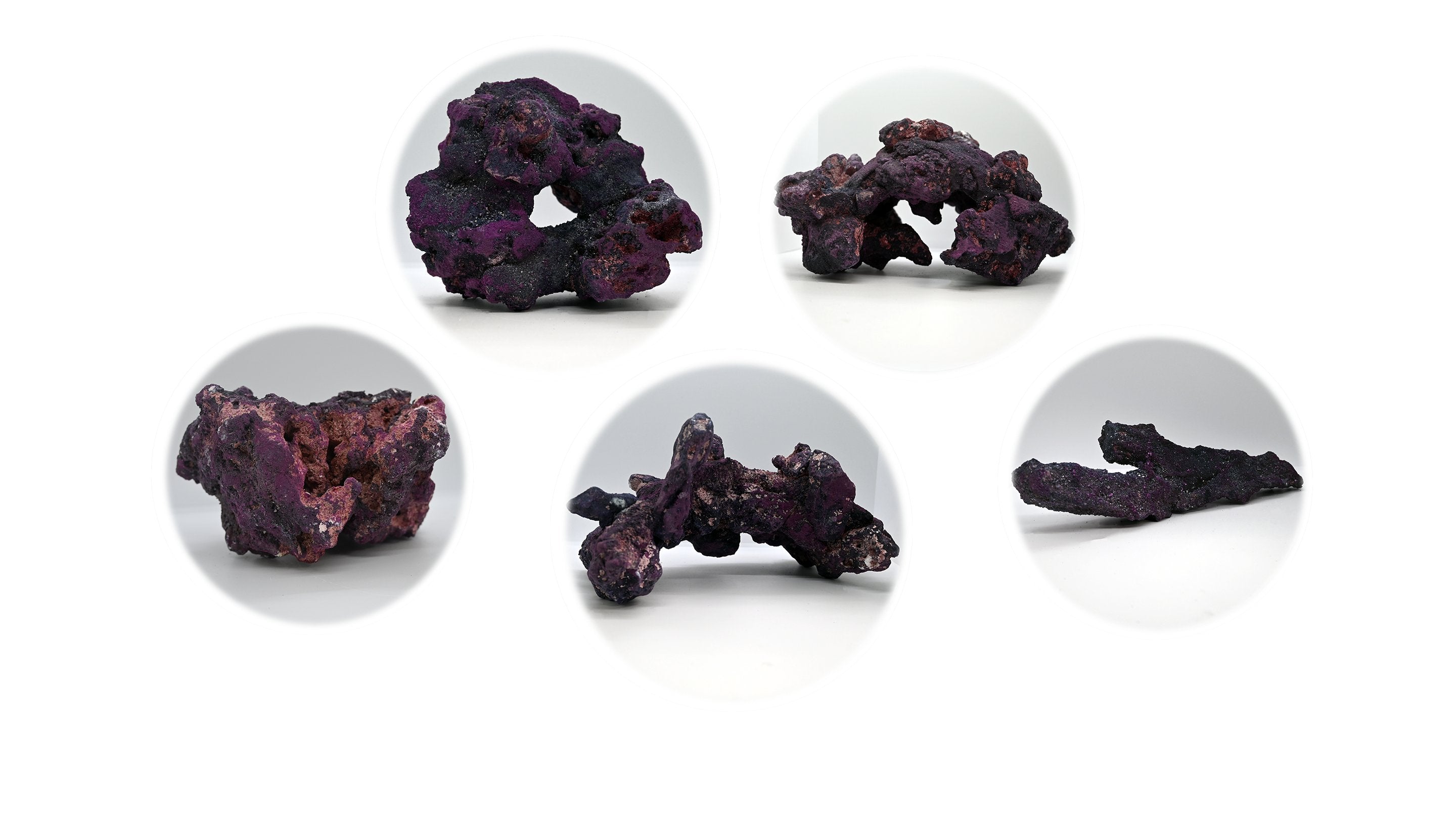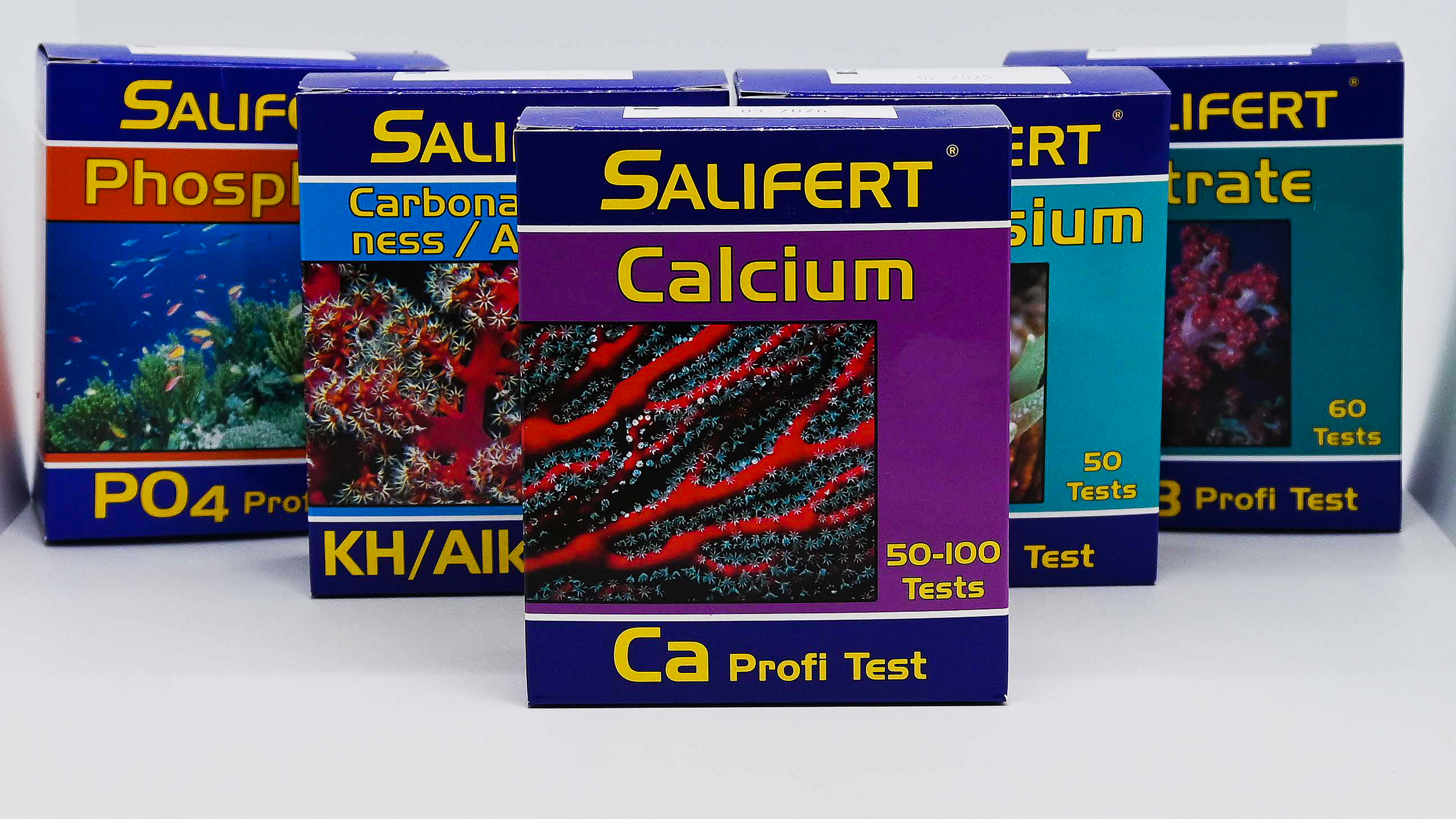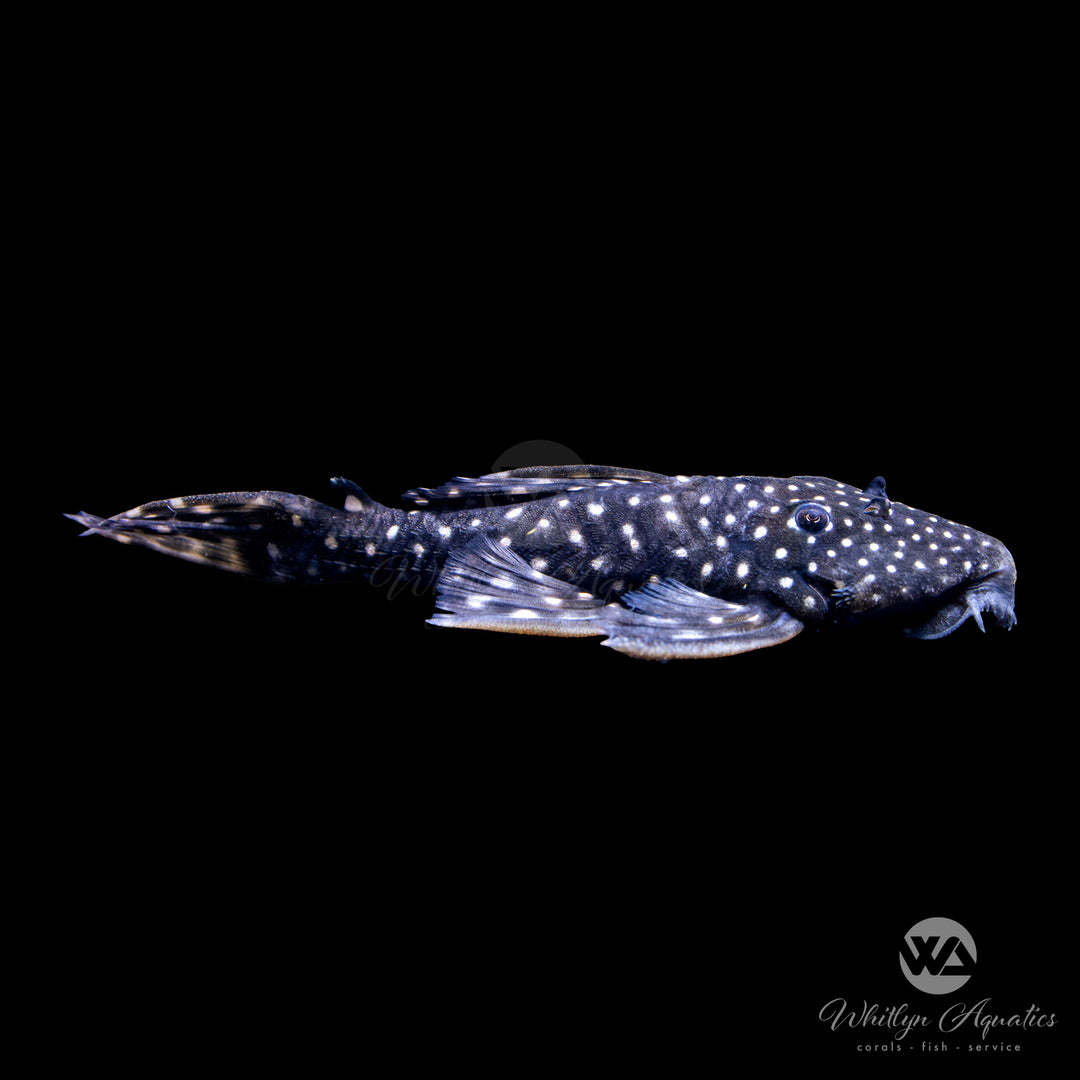
Vampire Pleco L240 - Leporacanthicus galaxias
- In stock, ready to ship
- Backordered, shipping soon
Vampire Pleco L240 - Leporacanthicus galaxias
The Vampire Pleco (Leporacanthicus galaxias), commonly referred to as L240, is a stunning freshwater fish known for its unique appearance and captivating behaviors. With its striking coloration and impressive size, this pleco is a favorite among aquarists looking to add a touch of character to their aquarium.
Description:
• Common Name: Vampire Pleco, L240
• Scientific Name: Leporacanthicus galaxias
• Family: Loricariidae
• Size: Typically grows to about 6-10 inches (15-25 cm) in captivity, with the potential to reach larger sizes in the wild.
• Color: Features a distinctive body pattern with a dark brown to black base covered in vibrant yellow to white spots, giving it a unique and eye-catching appearance. The coloration can vary based on environmental conditions and diet.
Native Region:
The Vampire Pleco is native to the fast-flowing rivers and tributaries of the Amazon Basin in South America, particularly found in Brazil. It thrives in areas with rocky substrates and plenty of hiding spots.
Aquarium Setup:
• Tank Size: Minimum of 75 gallons (284 liters) is recommended to provide ample swimming space and hiding spots.
• Water Parameters:
• Temperature: 74-82°F (23-28°C)
• pH: 6.5-7.5
• Hardness: 2-20 dGH (soft to moderately hard water)
• Diet: Omnivorous; primarily feeds on algae, detritus, and plant matter in the wild. In captivity, it thrives on a varied diet that includes high-quality sinking pellets, algae wafers, and fresh vegetables like zucchini and cucumber.
Care Level:
• Difficulty: Moderate
• Temperament: Generally peaceful but can be territorial, especially among males. It’s best kept in larger tanks with plenty of hiding spots to minimize aggression.
• Lifespan: Approximately 10-15 years with proper care.
Behavior:
Vampire Plecos are primarily nocturnal and enjoy hiding in caves and crevices during the day. They are active grazers, often seen foraging for algae and detritus. Their unique feeding behavior and size make them fascinating to observe.
Additional Tips:
• Tank Mates: Compatible with other peaceful species like larger tetras, cichlids, and catfish. Avoid keeping them with small or delicate fish that may become targets for their territorial behavior.
• Breeding: Breeding in captivity is rare but can be attempted by providing a separate breeding tank with caves for the male to guard. Males will often fan their eggs with their fins to keep them oxygenated.





